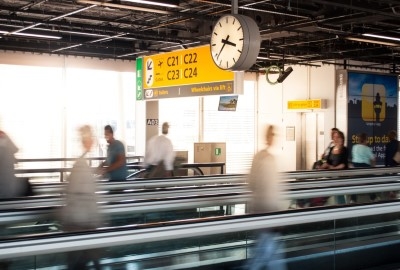European aviation applauds SAF’s inclusion in EU’s Net-Zero Industry Act
The recent inclusion of Sustainable Aviation Fuel (SAF) in EU’s Net-Zero Industry Act is a major step towards developing a world leading SAF industry in Europe. But it is only the first step, says Destination 2050, the organization of the European aviation industry. The EU needs to take further action, the industry insists.

European aviation industry applauds the inclusion of SAF as a strategic decarbonisation project in the EU’s Net Zero Industry Act (NZIA). It means that SAF is regarded as key to reaching net zero.
What is Destination 2050?
Destination 2050 is a joint initiative undertaken by Europe's airlines, airports, civil aeronautics industry, and air navigation service providers. It aims to lead the way in reducing aviation CO2 emissions by 2030 and achieving net-zero CO2 emissions from all flights departing the EU, UK, and EFTA by 2050. This initiative involves a collective effort from various stakeholders in the European aviation sector to make flying more sustainable in the long term.
What is EU’s Net-Zero Industry Act?
The aim of the Act is that the Union's overall strategic net-zero technologies manufacturing capacity approaches or reaches at least 40% of annual deployment needs by 2030. This will accelerate the progress towards the EU's 2030 climate and energy targets and the transition to climate neutrality by 2050. NZIA is aimed to help strengthen the European manufacturing capacity of net-zero technologies and overcome barriers to scaling up the manufacturing capacity in Europe.
Why is EU’s step good news to decarbonizing aviation?
The views this inclusion as a crucial step towards developing a strong and globally competitive SAF market in Europe. However, they also emphasize the need for further action by policymakers to ensure that Europe becomes a world-leading SAF industry, which they consider crucial for European aviation to achieve net-zero carbon emissions by 2050 in alignment with EU climate ambitions. They highlight the importance of additional policy incentives and support measures to scale up the production and uptake of SAF, emphasizing the need for extending mechanisms and financial support, simplifying administrative procedures, and addressing barriers to SAF deployment at scale.


